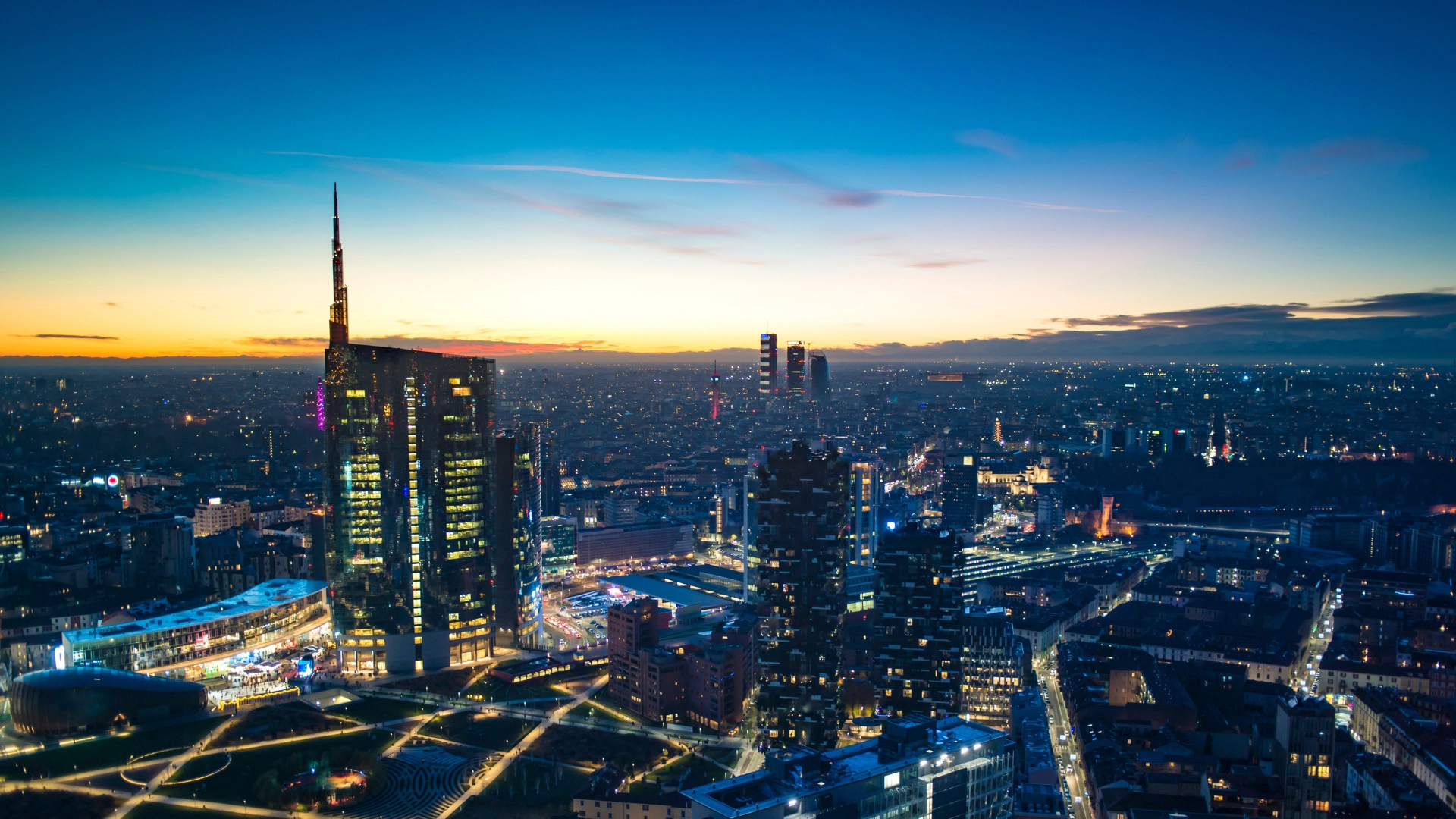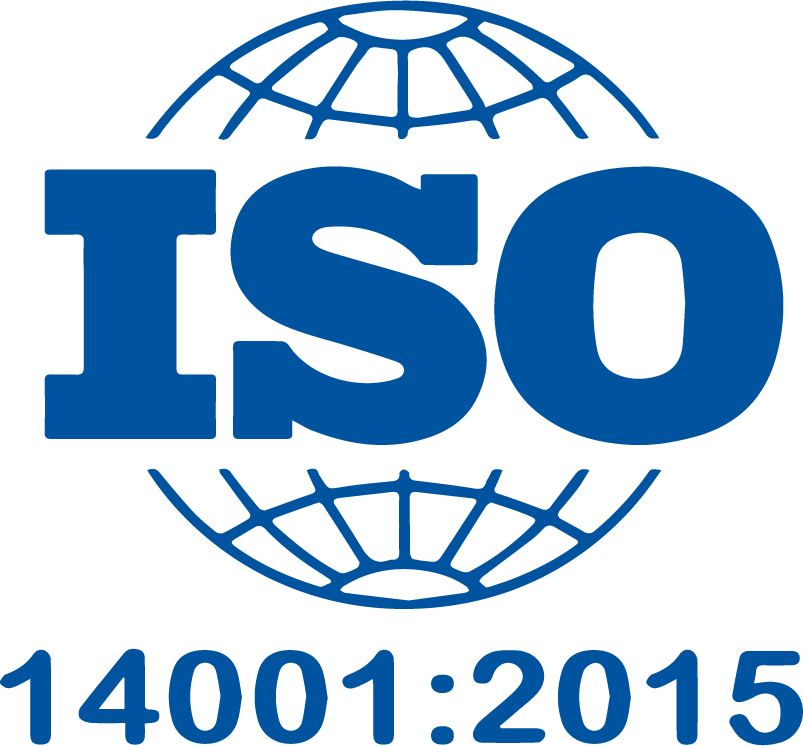Light pollution negatively affects not only the environment, but also our well-being.
Light pollution is an increasingly common phenomenon that occurs when excessive artificial light emission impairs the visibility of the night sky, thereby causing adverse effects on the environment and the health of living things. This problem is particularly evident in urban areas where excessive lighting is a common phenomenon caused by rapid urbanization and indiscriminate use of inefficient lighting sources. Light pollution has a negative influence in several contexts:
- It alters human health because it disturbs circadian rhythms, thus causing sleep disturbances and increasing the risk of diseases such as cancer and cardiovascular disease;
- It alters the flora and fauna as animals find themselves disoriented between day and night, and many species lose their natural breeding and feeding cycles;
- It compromises astronomical research because stars, planets and celestial bodies are less visible;
- It limits people’s ability to appreciate the beauty of the starry sky and connect with the Universe.
SFS uses sustainability protocols to improve the quality of the environment in which we live
LEED, developed by the U.S. Green Building Council (USGBC), and BREEAM, developed by the Building Research Establishment (BRE) in the United Kingdom, are two of the most widely used sustainability protocols globally. Both incorporate criteria that promote light pollution reduction as an integral part of building sustainability. One of the main ways LEED and BREEAM help mitigate light pollution is through the promotion of sustainable lighting and energy efficiency. Both protocols encourage the use of low-intensity luminaires, the adoption of warm-light LED technologies that reduce excess light output, and the implementation of lighting control systems that adjust light intensity according to actual need. In addition, LEED and BREEAM encourage the design and location of luminaires so as to minimize light pollution, control direct irradiation to the sky, and reduce the effect of glare on the earth’s surface. This can be achieved either through the use of direct or indirect light fixtures that reduce light leakage outside the desired area, or through the adoption of motion and daylight sensors that dynamically adjust light intensity. In addition, both protocols encourage the selection of materials and finishes that reflect light effectively; as well as the implementation of lighting management plans that limit excessive use of light during nighttime hours. In addition to the promotion ofsustainable lighting, LEED and BREEAM also incorporate criteria related to the preservation and restoration of natural habitats and the protection of biodiversity: this indirectly helps to mitigate light pollution, as the preservation of natural environments can reduce the need for excess artificial lighting in surrounding areas. In conclusion, LEED and BREEAM play a key role in promoting the reduction of light pollution through the adoption of sustainable lighting strategies and the incorporation of environmental criteria into building design, construction and operation processes.
Fighting light pollution: it is an imperative for our SFS Society to transition to a sustainable future
In conclusion, reducing light pollution is essential to protect the environment, human health and our ability to enjoy the Universe. Sustainability protocols such as LEED and BREEAM play a key role in this fight, as they promote sustainable lighting and energy efficiency. The SFS team is paying attention to this phenomenon during the design of all orders, whether we are talking about logistics or not. Through the adoption of advanced technologies, strategic lighting design, and careful management of lighting resources, we can significantly reduce the impact of artificial lighting in our projects to safeguard wildlife and those living in areas adjacent to logistics properties. The world of Project & Construction Management has a duty to adopt these protocols that help create healthy, efficient and environmentally responsible logistics parks.










